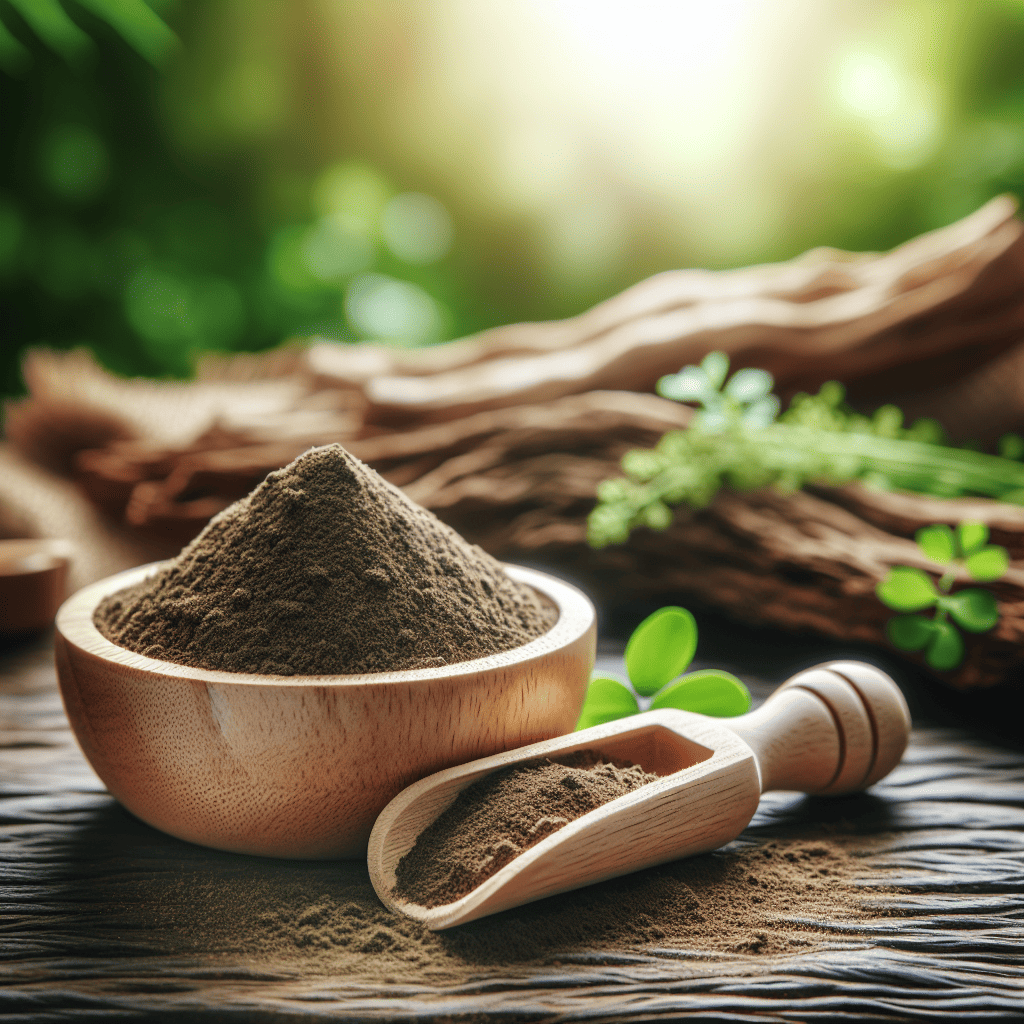Introduction: Honey is a versatile natural sweetener that comes in a variety of types, each with its distinct characteristics and benefits. Understanding the different types of honey and their associated advantages can offer valuable insights into the world of honey consumption.
Table of Contents
Types of Honey
The wide array of honey types is influenced by factors such as nectar sources, processing, and resulting composition and flavor.
- Acacia Honey:
Acacia honey is highly prized for its light color and delicate floral aroma. It is derived from the nectar of the blossoms of black locust trees, also known as false acacia. The resulting honey is often a pale, almost transparent, golden liquid, making it visually appealing and a popular choice for drizzling over desserts or adding to beverages.
In addition to its pleasing appearance and aroma, acacia honey is favored for its mild flavor profile. The honey has a subtle sweetness that is not overpowering, allowing it to complement a wide range of foods without overshadowing their natural flavors. This characteristic makes it a versatile ingredient in both sweet and savory dishes, as it can enhance dishes like yogurt, cheese platters, or salad dressings without dominating the taste.
Moreover, acacia honey is valued for its slow crystallization rate, meaning it remains in a liquid state for an extended period, even at cooler temperatures. This feature makes it convenient for use as a syrup or drizzle. Due to its high fructose content and low sucrose levels, acacia honey is often preferred by people seeking a healthier sweetening alternative. Its reputation for being gentle on the stomach and having potential health benefits further contribute to its popularity among consumers looking for a natural and mild sweetener.
- Clover Honey:
Clover honey is a popular type of honey known for its distinctive characteristics. It has a vibrant yellow hue, which can range from pale to medium yellow, depending on the region where the clover flowers were collected. The color adds a beautiful touch to any dish it is used in, enhancing both the visual appeal and flavor profile. In terms of taste, clover honey offers a delightful combination of sweetness and a subtle bitterness. The initial flavor is typically sweet, with floral notes from the clover nectar. However, as it lingers on the palate, a mild bitterness may be detected, which adds depth and complexity to the overall taste experience.
Due to its unique flavor profile, clover honey is a versatile ingredient that can be used in various culinary applications. Its sweetness makes it a fantastic choice for sweetening baked goods such as cakes, cookies, and muffins. The slight bitterness that follows can also complement savory dishes, making it an excellent addition to sauces and marinades. Clover honey can be drizzled over yogurt or oatmeal, added to tea or coffee, or used as a glaze for meats and vegetables. Its ability to balance sweetness with a hint of bitterness makes it a favorite among chefs and home cooks alike, adding a special touch to a wide range of recipes.
In addition to its culinary uses, clover honey also offers several health benefits. It is rich in antioxidants, which can help protect the body from oxidative stress and reduce inflammation. Clover honey is also a natural source of vitamins and minerals, including vitamin C, calcium, and iron. Its antimicrobial properties make it a popular remedy for sore throats and coughs. When consumed in moderation as part of a balanced diet, clover honey can be a delicious and nutritious addition to your pantry, providing both flavor and potential health benefits.
- Buckwheat Honey:
Buckwheat honey is a type of honey that is known for its dark color and strong flavor profile. It is produced by bees that collect nectar from buckwheat flowers, which gives the honey its distinctive characteristics. The dark color of buckwheat honey can range from deep amber to almost black, and it often has a strong molasses-like taste with earthy undertones. This unique flavor profile sets buckwheat honey apart from other varieties of honey and makes it a popular choice for culinary use, particularly in pickling recipes.
Due to its rich flavor and dark color, buckwheat honey is often used in pickling to add depth and complexity to the dish. The intense flavor of buckwheat honey can enhance the flavors of pickled fruits and vegetables, providing a robust sweetness that balances out the acidity of the pickling brine. Its dark color also adds a beautiful hue to the final product, giving pickled foods a rich and appetizing appearance. In addition to pickling, buckwheat honey can also be used in marinades, dressings, and sauces to add a unique twist to savory dishes.
In addition to its culinary uses, buckwheat honey is also prized for its potential health benefits. Like other types of honey, buckwheat honey contains antioxidants and has antibacterial properties that can help promote overall health and well-being. Some people also believe that buckwheat honey can help soothe sore throats and suppress coughs due to its natural antibacterial properties. With its distinct flavor, versatility in recipes, and potential health benefits, buckwheat honey is a popular choice for both culinary and medicinal purposes.
Benefits of Honey
The myriad benefits of honey encompass a broad spectrum of health and wellness enhancements.
- Nutritional Value:
Honey is a popular natural sweetener produced by bees from the nectar of flowers. Besides its delightful flavor, honey is also beneficial because it is rich in essential elements and minerals crucial for overall health. One of the key elements found in honey is phosphorus, which plays a vital role in the formation of bones and teeth, as well as in the body’s energy production. Magnesium is another important mineral present in honey, known for its role in muscle function, energy production, and nerve function. Potassium, yet another essential mineral in honey, helps regulate fluid balance, muscle contractions, and nerve signals in the body.
Additionally, honey contains various amino acids, which are the building blocks of proteins. Amino acids are essential for growth, repair, and maintenance of body tissues. They also play a crucial role in the production of enzymes and hormones that are necessary for various bodily functions. The amino acids in honey contribute to its nutritional value and make it a wholesome food source. These amino acids are not produced by the body and must be obtained through diet, making honey a beneficial addition to a balanced diet.
In summary, beyond its natural sweetness, honey offers a range of health benefits due to its rich content of essential elements and minerals. From phosphorus for bone health to magnesium for muscle function and potassium for fluid balance, honey provides a natural source of these vital nutrients. Coupled with various amino acids important for body functions and tissue repair, honey serves as more than just a sweet treat but also as a nutritious addition to a well-rounded diet for overall health and well-being.
- Healing Properties:
Honey has been used for its medicinal properties for thousands of years, with its antibacterial and anti-inflammatory characteristics being particularly beneficial in the healing of wounds and burns. The antibacterial properties of honey come from its ability to produce hydrogen peroxide, which acts as a disinfectant. This helps to prevent infections in the affected area, allowing the wound or burn to heal without complications. Additionally, honey’s acidic pH level and low moisture content create an environment that is unfavorable for bacterial growth, further aiding in the healing process.
In addition to its antibacterial effects, honey’s anti-inflammatory properties play a crucial role in speeding up the healing of wounds and burns. Inflammation is a natural response of the body to injury, but excessive inflammation can delay the healing process. Honey contains antioxidants and phytochemicals that help to reduce inflammation and promote tissue repair. By decreasing inflammation, honey helps to relieve pain and swelling, allowing the body to focus its energy on repairing the damaged tissue more efficiently.
Moreover, honey’s ability to create a moist healing environment is beneficial for wound and burn care. Unlike traditional wound dressings that can dry out and adhere to the wound, honey maintains a moist environment that promotes tissue regeneration and prevents scab formation. This not only accelerates the healing process but also reduces scarring. The osmotic effect of honey draws out excess fluid from the wound, reducing swelling and promoting drainage. Overall, honey’s antibacterial, anti-inflammatory, and wound healing properties make it a valuable natural remedy for promoting the recovery of wounds and burns.
Safety of Honey Consumption
Despite its advantages, caution must be exercised regarding the safety of honey consumption.
- General Safety:
While honey is a delicious and natural sweetener that provides various health benefits for individuals over the age of one, it can be extremely dangerous for infants younger than a year old. The reason behind this caution is the risk of botulism poisoning. Botulism is a rare but serious illness caused by a toxin produced by the bacterium Clostridium botulinum, which can thrive in certain environments, including honey. Infant botulism occurs when spores of the bacteria are ingested and then grow in the baby’s intestines, producing harmful toxins. As a baby’s digestive system is not fully developed, it may not be able to effectively prevent the growth of this bacterium or neutralize the toxin it produces, putting the infant at a high risk of developing botulism.
The symptoms of botulism in infants can be quite severe and include constipation, a weak cry, floppy muscles, poor feeding, and breathing difficulties. If left untreated, botulism can lead to muscle weakness, paralysis, and in severe cases, even be life-threatening. Due to these risks, healthcare professionals strongly advise against giving honey to infants under one year old, even in small amounts. Instead of honey, caregivers can choose safer alternatives to sweeten the baby’s food or drink, such as pureed fruits or unsweetened applesauce, which provide natural sweetness without the risk of botulism poisoning.
It is crucial for parents and caregivers to be aware of this potential danger associated with honey and to always read food labels carefully, especially when introducing new foods to young children. By following these recommendations and being cautious about the introduction of certain foods, caregivers can help protect infants from the risks of botulism and ensure their health and safety. While honey is a wonderful and beneficial food for older children and adults, it is essential to remember the age-related risks associated with honey consumption and take appropriate precautions to keep infants safe and healthy.
- Allergic Considerations:
Allergic reactions to honey ingredients can be severe for some individuals, leading to various adverse effects. Fainting is a possible reaction that may occur due to an allergic response to specific components found in honey. In some cases, individuals may experience a drop in blood pressure, which can result in fainting or feeling lightheaded. These reactions can be dangerous, especially if they happen suddenly and without warning. It is crucial for those with known honey allergies to be cautious and aware of the potential risks associated with consuming honey products.
Irregular heart rhythms are another concerning issue that can arise from allergic reactions to honey ingredients. The body’s immune system may react to certain substances in honey, leading to an abnormal heart rate or rhythm. This can be extremely dangerous, as irregular heart rhythms can increase the risk of more severe complications such as heart attacks or stroke. Individuals experiencing palpitations, dizziness, or chest discomfort after consuming honey should seek medical attention immediately to prevent more serious consequences.
Furthermore, asthma-like symptoms can also manifest in individuals with honey allergies. Wheezing, coughing, chest tightness, and difficulty breathing are common symptoms that may occur as a result of an allergic reaction to honey components. These respiratory symptoms can be particularly concerning, as they can quickly escalate and lead to respiratory distress if not managed promptly. It is essential for individuals with a history of allergic reactions to honey to avoid consuming honey-based products and to have an emergency action plan in place in case of accidental exposure to honey ingredients.




